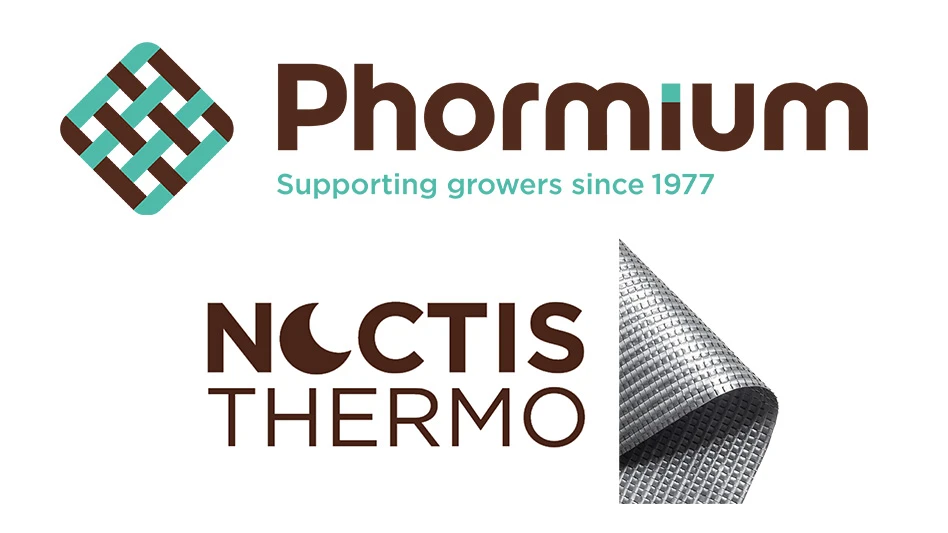
Greenhouse Management: From your perspective, where are poinsettias at in terms of crop advancements?
Jim Faust: The project that we are working on still is heat delay. We started four years ago, so this is our last year on that project. We’ve made some nice progress and are wrapping it up as far as understanding when the plants are most sensitive — what time of day, time of year, which part of the fall season. We have a good handle on what conditions make poinsettias susceptible. Ultimately, the answer is a genetic answer. Breeders constantly introduce new varieties, and no one is going to introduce heat sensitive varieties anymore. But we know enough on how to screen for them better and if you have a variety that’s particularly sensitive, we know how to avoid that better. We can say now that all varieties have a degree a sensitivity — there’s certainly a wide range. But there’s nothing that’s not sensitive if given the right conditions at the right time.
GM: What are the next things you’re looking at when it comes to poinsettias?
JF: I’ve worked with poinsettias for most of my career — we don’t have something on the horizon. ... For me, [heat stress] was a big one. It was a big problem that we didn’t understand well, and people have tried to understand it and it’s been difficult. One idea that we had was putting together a model that would actually predict heat delay because we know all of the components, so we should be able to predict when it would happen. But I don’t know that it’s that useful of a thing to spend a lot of time on and I’m not sure growers would use that. ... Poinsettia flowering is an eight- or nine-week process. You see the first color when the poinsettia is starting to flower halfway through that eight-week cycle. Really, you know if you’re going to have heat delay by observing when first color occurs. We know all of this, so we are working on putting it into a package that is more easily used by growers to assess.
GM: Are we at a point where the biggest leaps in understanding poinsettias are already done?
JF: I think that’s right. It’s a mature crop — let’s put it that way. We’ve been doing it, at a pretty high level now, for 40 years. And you don’t see a lot of research being done on it now. The biggest thing is that the genetics have improved so much that it’s not a hard crop to grow anymore. You can grow 10,000 and have that many good plants in your greenhouse, whereas in the ‘70s or ‘80s, that was not the case. You would have only 50 or 60% grade A options. It was not a well-refined crop and you had all of your eggs in that basket during that fall season. Growers feel pretty confident with poinsettia crops now.

Explore the August 2022 Issue
Check out more from this issue and find your next story to read.
Latest from Greenhouse Management
- This month's Greenhouse Management magazine is about native plants and sustainability
- The HC Companies, Classic Home & Garden merge as Growscape
- Terra Nova releases new echinacea variety, 'Fringe Festival'
- Eason Horticultural Resources will now officially be known as EHR
- BioWorks receives EPA approval for new biological insecticide for thrips, aphids, whiteflies
- ScottsMiracle-Gro transfers cannabis subsidiary to focus on core lawn and garden business
- Should we start calling natives 'eco-beneficial plants'?
- Ellen Mackenbach-Lakeman appointed new CEO of Dümmen Orange





